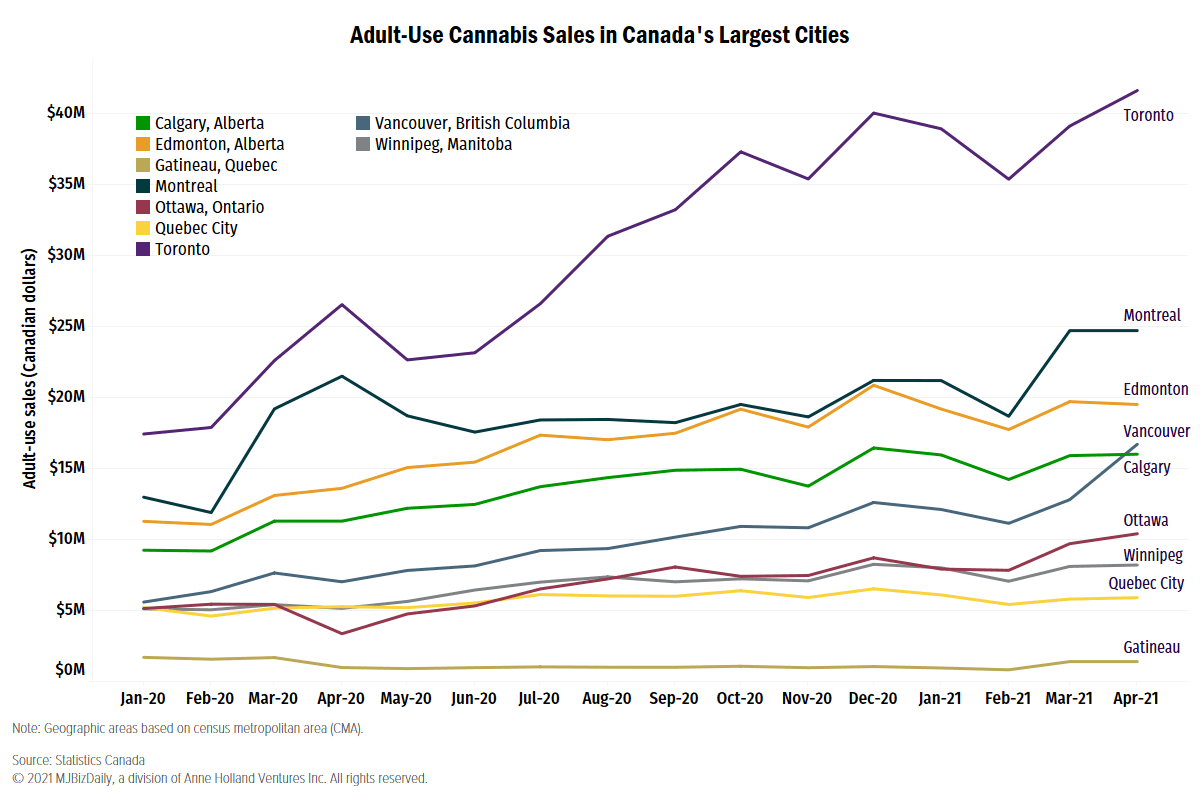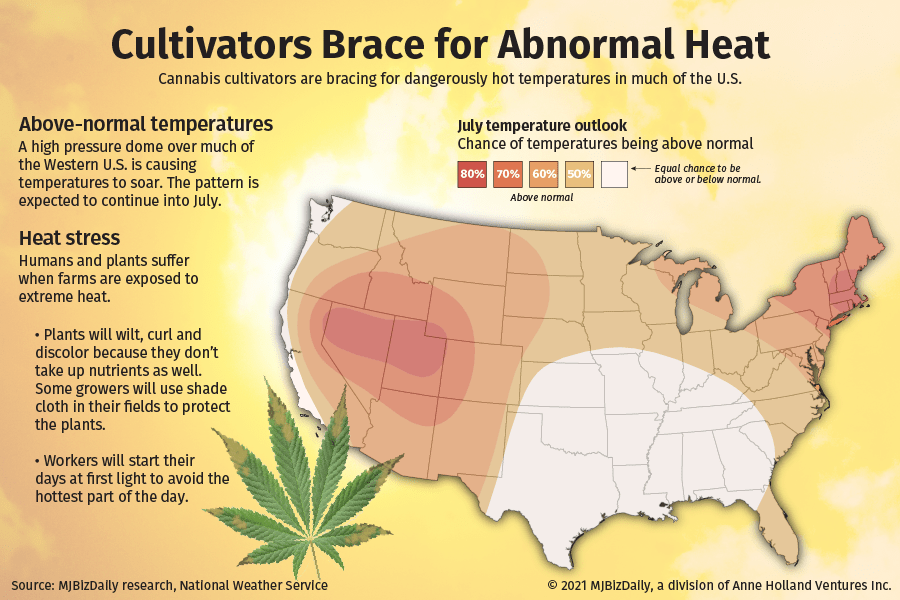Job growth in the cannabis industry will be fueled by sustained sales growth and the launch of new state markets, especially on the recreational side of the business.
According to analysis from the 2021 MJBizFactbook, the marijuana industry will employ 340,000-415,000 full-time equivalent workers across the United States in 2021 and grow to 545,000-600,000 by 2025.
These figures account for workers directly employed by cannabis businesses, including budtenders and extraction technicians, as well as employees of ancillary companies that support the marijuana industry such as consultants and lawyers.
The retail sector constitutes most of the jobs in the cannabis industry, driven by requirements in nearly all states to sell marijuana – both adult use and medical – in distinct physical locations.
Unlike alcohol, marijuana cannot be sold alongside other goods in traditional retail outlets such as a grocery or drugstore.
The use of full-time equivalent workers is a method for standardizing employment estimates and equating the hours worked by several part-time employees to the hours worked by full-time employees.
Two part-time employees working 20 hours per week, for example, would be the equivalent of one full-time worker.
This allows for more accurate comparisons to other industries and is especially useful in the marijuana space, where part-time or seasonal staff such as trimmers or budtenders represent a sizable portion of the workforce.
Cannabis job gains in 2021 will be largely driven by the implementation of new markets across the United States, such as recently added Connecticut, and continued expansion in California’s enormous adult-use industry.
Cannabis employment in 2020 exceeded that of mainstream industries such as web developers.
And it was slightly more than the number of U.S. nurse practitioners, a high-demand employment sector across the country, particularly during the COVID-19 pandemic.
The 2020 pandemic didn’t lead to wide-scale contraction in the marijuana labor market.
Though sales in select markets suffered, such as Nevada where much of the industry is reliant on tourism, many recreational and MMJ markets experienced higher-than-average sales volume.
In addition, pandemic-related operational changes, including delivery, social distancing and increased focus on cleaning and disinfection, led to shifts in employment needs.
That’s putting more pressure on employers to maintain adequate staffing levels while also allowing greater flexibility for their employees. Many operators did find ways to implement additional efficiencies into their operations to aid with this.





